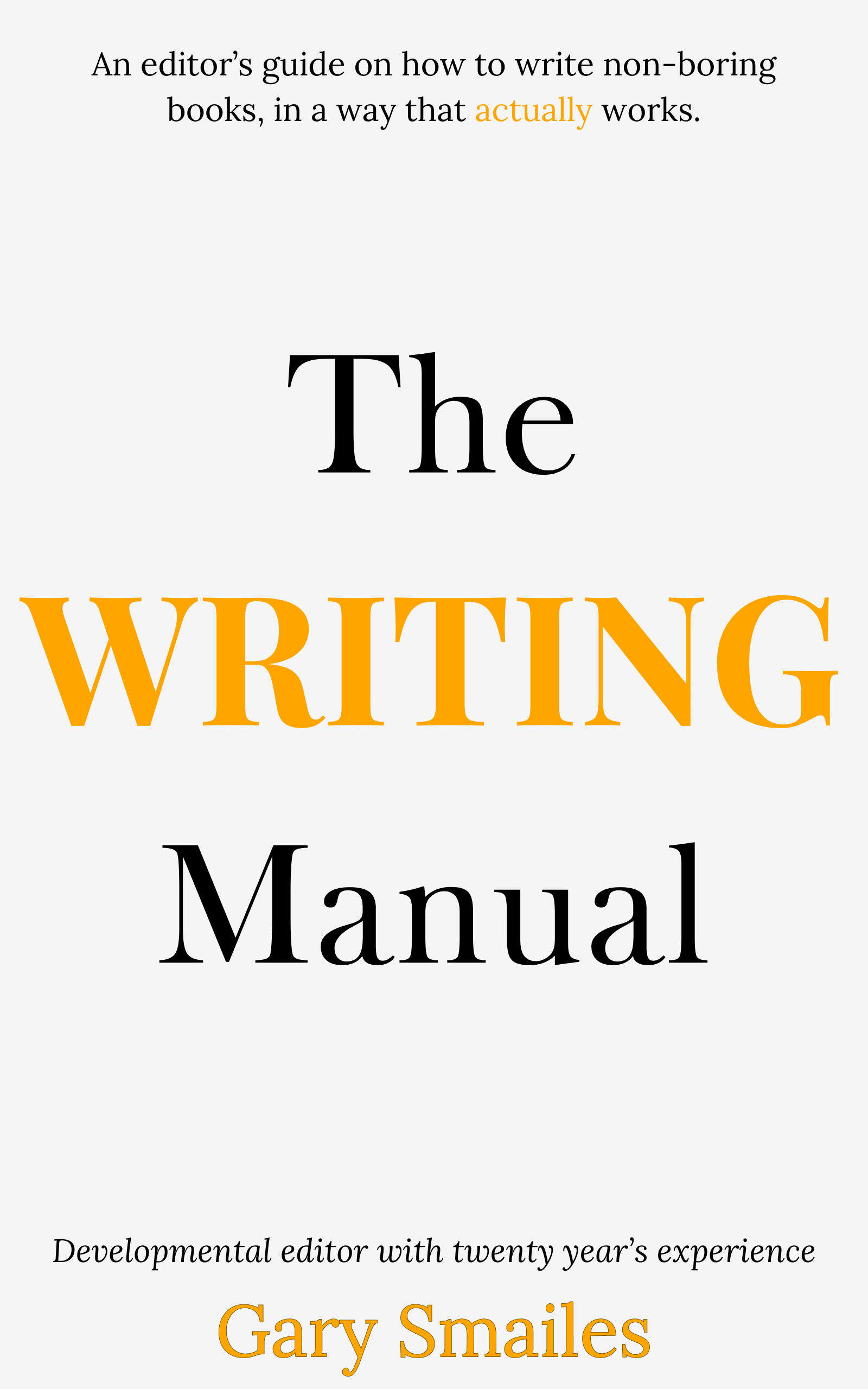



When it comes to turning a manuscript into a polished, ready-for-publication book, there are many steps involved. One of the most valuable tools an author can use during this process is the feedback from beta readers. But what exactly is a beta reader, and why are they so crucial to the writing process?
Beta readers are non-professional readers who provide feedback on a manuscript before it’s finalized. They aren’t editors; instead, they act as stand-ins for the general reading audience, offering insights on how well the story works and whether it resonates with readers. Their input can be invaluable, helping authors identify problems with pacing, character development, and plot consistency that might otherwise go unnoticed.
In fact, many authors report that feedback from beta readers improves their final drafts by up to 30%, making the difference between a good manuscript and a great one. Whether you're self-publishing or aiming for traditional publication, beta readers can help you fine-tune your story to ensure it engages your target audience.
In this post, we’ll dive into the details of what beta readers do, how to find them, and why they’re an essential step in the writing process. Let’s explore how beta readers can help take your manuscript to the next level.
Table of Contents
A beta reader is a non-professional reader who provides feedback on a manuscript before it’s published. Unlike editors, beta readers focus on the overall reading experience rather than technical aspects like grammar and punctuation. They are typically selected based on their alignment with the book’s target audience, as their feedback reflects how the general reader might react to the story.
What makes beta readers unique is their ability to provide insight from a reader’s perspective. They help authors understand whether the plot is engaging, the characters are believable, and the pacing feels right. While an editor will focus on polishing the writing, a beta reader will focus on how the story resonates emotionally and logically.
The concept of beta readers has become increasingly popular, especially with the rise of self-publishing and indie authorship. Just like beta testing in the software world—where users test a product before its official release—beta readers give authors a chance to refine their work based on real-world feedback. This early input can be critical in ensuring a book’s success by helping to identify potential issues before the manuscript is finalized.
Beta readers play a crucial role in shaping a manuscript by offering feedback on various aspects of the story. Their primary focus is on how the book reads from an audience perspective. Below are some of the key areas beta readers typically provide feedback on:
Authors often ask beta readers to focus on specific areas of the manuscript. Here are some common types of feedback that beta readers provide:
To get the most useful feedback, authors often provide beta readers with specific questions to guide their review. Here are some examples of what you might ask a beta reader:
Finding the right beta readers and working with them effectively can make a huge difference in the quality of feedback you receive. Here are some practical tips for both finding beta readers and ensuring a smooth collaboration process.
There are several places to find beta readers, both online and offline. Here are some of the most common options:
When reaching out to potential beta readers, it's important to be clear about what you're looking for. Here are some tips for starting the conversation:
One effective way to guide your beta readers’ feedback is to create a questionnaire or feedback form. This helps ensure they focus on the areas that are most important to you. Here are a few sample questions you might include:
When choosing beta readers, you may wonder whether to rely on people you know or seek out strangers. Each has its pros and cons:
Beta readers are just one part of the feedback process, but they differ from other types of readers you might work with. Understanding these differences can help you choose the right people at the right stage of your manuscript’s development.
Beta readers are typically readers from your target audience who provide feedback on the overall reading experience. They focus on the story’s flow, character development, and how engaging it is. Their feedback is less technical and more focused on how the manuscript resonates with readers emotionally or logically. Beta readers usually come in after the first few drafts, once the story is more or less complete but still in need of refinement.
Alpha readers are usually involved much earlier than beta readers. Oftentimes, they are trusted friends, fellow writers, or critique partners who read the manuscript in its rawest form. Their feedback is more developmental, focusing on big-picture issues like plot structure, theme, and character arcs. Alpha readers help the writer shape the story before it’s polished enough for beta readers to weigh in.
Editors focus on the technical side of writing. Depending on the type of editing (developmental, line editing, copyediting, or proofreading), they’ll provide feedback on structure, grammar, style, and accuracy. Editors are the last line of defense before a manuscript is published, ensuring that the final version is free from errors and inconsistencies.
| Type | Focus | When to Use |
|---|---|---|
| Beta Readers | Overall reader experience, story flow, character development | After the manuscript is mostly complete, but before final edits |
| Alpha Readers | Big-picture issues like plot, theme, and character arcs | Early drafts, before substantial editing |
| Editors | Technical aspects: grammar, structure, and style | Final drafts, before publication |
Each type of reader plays a unique role in the writing process. Alpha readers help you shape the story in its earliest stages, beta readers give you feedback on how the story resonates with readers, and editors ensure the manuscript is polished and ready for publication. Knowing when to use each type of reader is essential for producing a well-rounded, refined manuscript.
It’s generally a good idea to have between 3-5 beta readers. This gives you a range of feedback without overwhelming you with too many opinions. Having several perspectives can help you identify patterns in the feedback, such as areas where multiple readers had the same reaction or concern.
Beta readers are often unpaid, especially if they’re part of writing communities or doing it as a favor. However, some authors do offer compensation, especially if they are asking for a significant time commitment. Payment can range from small gifts to monetary compensation. It depends on the arrangement you have with your beta readers and the level of feedback you're asking for.
Trusting beta reader feedback often comes down to consistency. If multiple readers point out the same issues, it’s a good sign that there’s something worth addressing. Additionally, beta readers who align with your target audience are more likely to provide valuable, trustworthy feedback. If you handpick beta readers who enjoy your genre and are familiar with your writing style, their input will likely be more relevant and useful.
If beta readers provide conflicting feedback, it’s up to you to decide which comments resonate with your vision for the book. Sometimes, the feedback reflects subjective preferences, and other times, it might reveal a genuine issue that needs attention. Look for patterns in the feedback and trust your instincts as the author.
Yes, beta readers should ideally be part of your target audience. This ensures that the feedback they provide is relevant to the readers you’re hoping to reach. If your book is a mystery novel, for example, you want feedback from readers who enjoy and are familiar with the genre, as they’ll know what works and what doesn’t in that context.
A good beta reader provides thoughtful, constructive feedback while respecting the author’s vision. They offer insights into how the story flows, how characters are developed, and whether the pacing feels right. A good beta reader will point out confusing elements, inconsistencies, or moments that disengaged them, but they’ll also highlight what they enjoyed about the story. Above all, good beta readers are honest and clear in their communication.
Beta readers are often unpaid, especially if they are part of a writing community or exchange feedback as a favor. However, some authors do choose to compensate beta readers if they’re asking for a more detailed or time-consuming review. Payment varies, ranging from small tokens of appreciation to monetary rewards, such as $50-$100 or more, depending on the length of the manuscript and the depth of feedback requested.
Beta readers are essential because they provide a fresh set of eyes on your manuscript, offering feedback from the perspective of a regular reader. They help identify issues that you might have overlooked, such as plot holes, character inconsistencies, or pacing problems. Using beta readers allows you to fine-tune your manuscript before it goes through final edits, ensuring it resonates with your target audience and improving its chances of success.

Claim your free eBook today and join over 25,000 writers who have read and benefited from this ebook.
'It is probably one of the best books on writing I've read so far.' Miz Bent